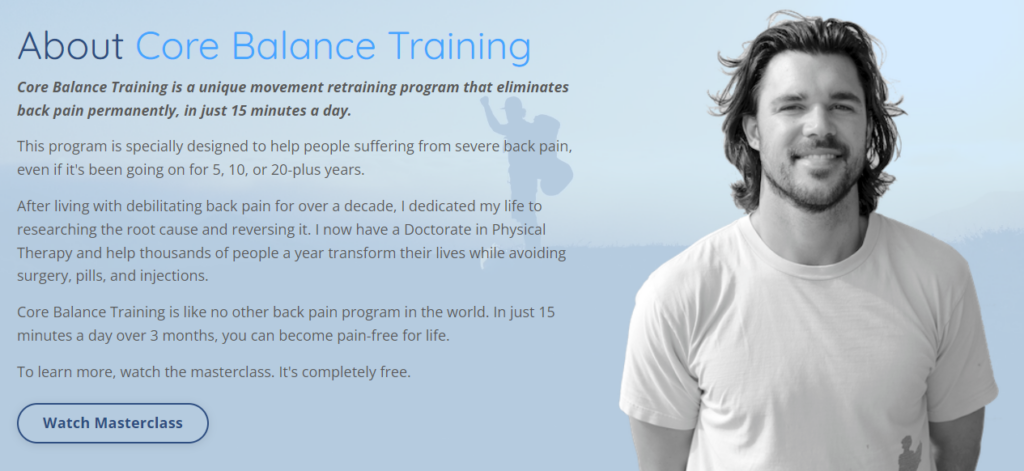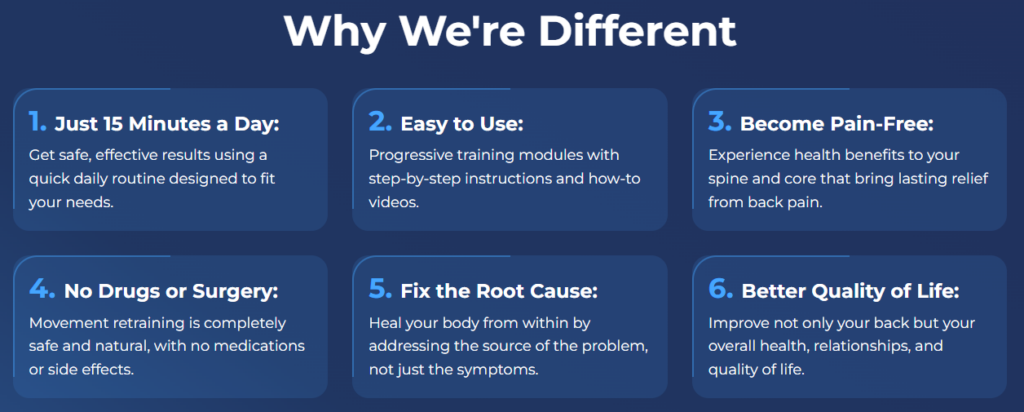
Effectiveness in Improving Balance
Core balance training is widely recognized for its effectiveness in enhancing overall stability and posture. By targeting the muscles of the core, this type of training plays a crucial role in improving balance, which is essential for daily activities, athletic performance, and injury prevention.
When engaging in core balance training, the focus is on strengthening the muscles of the abdomen, lower back, and hips. These muscle groups are vital for maintaining a steady posture and preventing falls. By incorporating exercises that challenge stability, core balance training encourages better coordination and control over body movements.
Several studies have shown that regular core balance training can improve static balance (standing still without wobbling) and dynamic balance (maintaining stability while moving). This is particularly important for older adults, as they often experience a decline in balance as they age. Improved core strength and balance can significantly reduce the risk of falls and injuries.

Types of Core Balance Exercises Offered
Core balance training includes a variety of exercises designed to improve stability, strength, and coordination. These exercises target the muscles in the abdomen, lower back, and hips, all of which play a key role in maintaining balance. The different types of core balance exercises can be adapted to suit various fitness levels and goals.
- Stability Ball Exercises
Stability balls are commonly used in core balance training to enhance balance and stability. Exercises like the stability ball plank or stability ball squats challenge the body to engage the core while maintaining balance on an unstable surface. These exercises promote better posture and coordination. - Balance Board or Bosu Ball Workouts
Balance boards and Bosu balls are great tools for improving core strength and stability. Exercises like squats, lunges, or even simple standing poses on these tools force the core to activate to maintain balance, enhancing both static and dynamic stability. - Single-Leg Exercises
Single-leg exercises, such as single-leg deadlifts or single-leg squats, are highly effective in training balance. Standing on one leg forces the core to work harder to stabilize the body. These exercises are great for improving lower body strength and balance. - Pilates and Yoga-Based Movements
Pilates and yoga include several balance-focused exercises that strengthen the core while improving flexibility and coordination. Movements like the boat pose, plank variations, or tree pose in yoga engage the core and enhance balance over time. - Resistance Band Workouts
Using resistance bands in core balance training can help improve strength and balance simultaneously. Exercises such as standing lateral leg raises or banded core twists can be performed to challenge the body’s stability, promoting a stronger and more balanced core.

Target Audience and Skill Levels
Core balance training is beneficial for a wide range of individuals, from beginners to advanced athletes. Regardless of age or fitness level, anyone can benefit from improving their balance, strength, and coordination through core balance exercises. However, the intensity and complexity of the exercises can be tailored to suit different skill levels.
- Beginners
For those new to exercise or core balance training, it’s important to start with basic exercises that focus on building foundational strength and stability. Simple movements such as standing on one leg, performing basic planks, or using a stability ball to perform gentle exercises are great ways to begin. Beginners should focus on proper form and gradually increase the intensity as their balance improves. - Intermediate Level
Individuals who have some experience with exercise and balance training can progress to more challenging movements. At this level, exercises such as single-leg squats, balance board exercises, or more dynamic stability ball workouts can be incorporated. Core balance training at the intermediate level focuses on refining technique while adding difficulty to challenge stability and coordination. - Advanced Athletes
Advanced athletes or those with a strong fitness foundation can benefit from complex core balance exercises that require higher levels of strength and control. Movements like one-legged deadlifts, Bosu ball push-ups, or advanced Pilates and yoga poses provide a higher level of challenge for building both balance and strength. These exercises are often used to improve athletic performance and prevent injury in high-intensity sports. - Seniors and Rehabilitation
Core balance training is also essential for older adults and those in rehabilitation. For seniors, improving balance is crucial for fall prevention and maintaining independence. Low-impact exercises such as seated balance exercises, gentle Pilates movements, or simple yoga poses can help strengthen the core and improve stability. Rehabilitation patients can use similar exercises to regain strength and improve balance after an injury.

Duration and Frequency of Training
When it comes to core balance training, the duration and frequency of your workouts play a significant role in achieving the best results. To improve balance, coordination, and core strength effectively, consistency is key. Below, we’ll break down the recommended duration and frequency based on different fitness levels and goals.
- Beginners
For those new to core balance training, it’s essential to start with shorter, manageable sessions. A typical workout session may last between 15 to 20 minutes. Beginners should aim to practice core balance exercises about 2 to 3 times per week to allow the body to adapt gradually. As strength and stability improve, the duration and frequency can be increased. - Intermediate Level
Individuals with some experience in core balance training can extend their workouts to 30 to 40 minutes per session. At this stage, it’s important to increase the intensity and challenge the body with more advanced exercises. Aim to train 3 to 4 times a week for optimal results, allowing enough time for recovery between sessions. This frequency helps in building a stronger core and improving overall balance. - Advanced Athletes
For athletes or those with a strong fitness background, core balance training can be incorporated into their regular fitness routine. These individuals may train for 40 to 60 minutes per session, focusing on high-intensity exercises and complex movements that target balance and core strength. Advanced athletes typically train core balance 4 to 6 times per week, depending on their training goals and recovery needs. - Seniors and Rehabilitation
For seniors or individuals in rehabilitation, core balance training should be more gradual and focused on safety. Sessions can last around 10 to 20 minutes, with 2 to 3 sessions per week. These shorter, low-impact workouts are designed to improve balance and prevent falls without overstraining the body. Consistency is important, so it’s best to maintain regular sessions while allowing adequate recovery time.

Price and Value for Money
When considering core balance training products or programs, it’s important to assess both the price and the value for money. Core balance training can be done using a variety of equipment and programs, each varying in cost. The right choice for you will depend on your budget, training goals, and the tools you prefer to use for your balance exercises.
- Budget-Friendly Options
For those on a budget, there are plenty of affordable core balance training options available. Basic tools like stability balls, balance pads, and resistance bands are often low-cost but highly effective for beginners and intermediate levels. Many of these products offer great value for money, as they can be used for a variety of exercises that target both balance and core strength. These budget-friendly options are ideal for individuals who are just starting out and want to see results without making a large initial investment. - Mid-Range Options
If you’re willing to spend a bit more, mid-range options typically include balance boards, Bosu balls, and more specialized resistance bands. These products provide additional versatility and challenge, helping users progress to more advanced balance exercises. Many core balance training programs and subscription-based workout services also fall into this price range. These options often include instructional materials, workout plans, and ongoing support, making them a good investment for those looking to improve balance and core strength in a more structured way. - High-End Options
For those seeking premium core balance training tools and programs, high-end options include advanced equipment like specialized balance trainers, high-tech smart devices, and personal training services. These products often come with additional features, such as built-in progress tracking or access to expert trainers. While these options may come at a higher price point, they offer exceptional quality, and they are ideal for individuals who have specific training goals, such as athletes or those in rehabilitation. For those willing to make a larger investment, the added benefits can justify the price. - Value for Money
Regardless of the price, the value for money in core balance training is determined by the effectiveness, durability, and versatility of the product or program. Affordable tools like stability balls and balance boards can provide great value when used consistently over time, delivering noticeable improvements in balance and core strength. On the other hand, more expensive options may offer advanced features or more personalized training but should only be considered if they align with your specific needs and training goals. Ultimately, the best value comes from finding products or programs that fit your budget while still helping you meet your balance training objectives.


